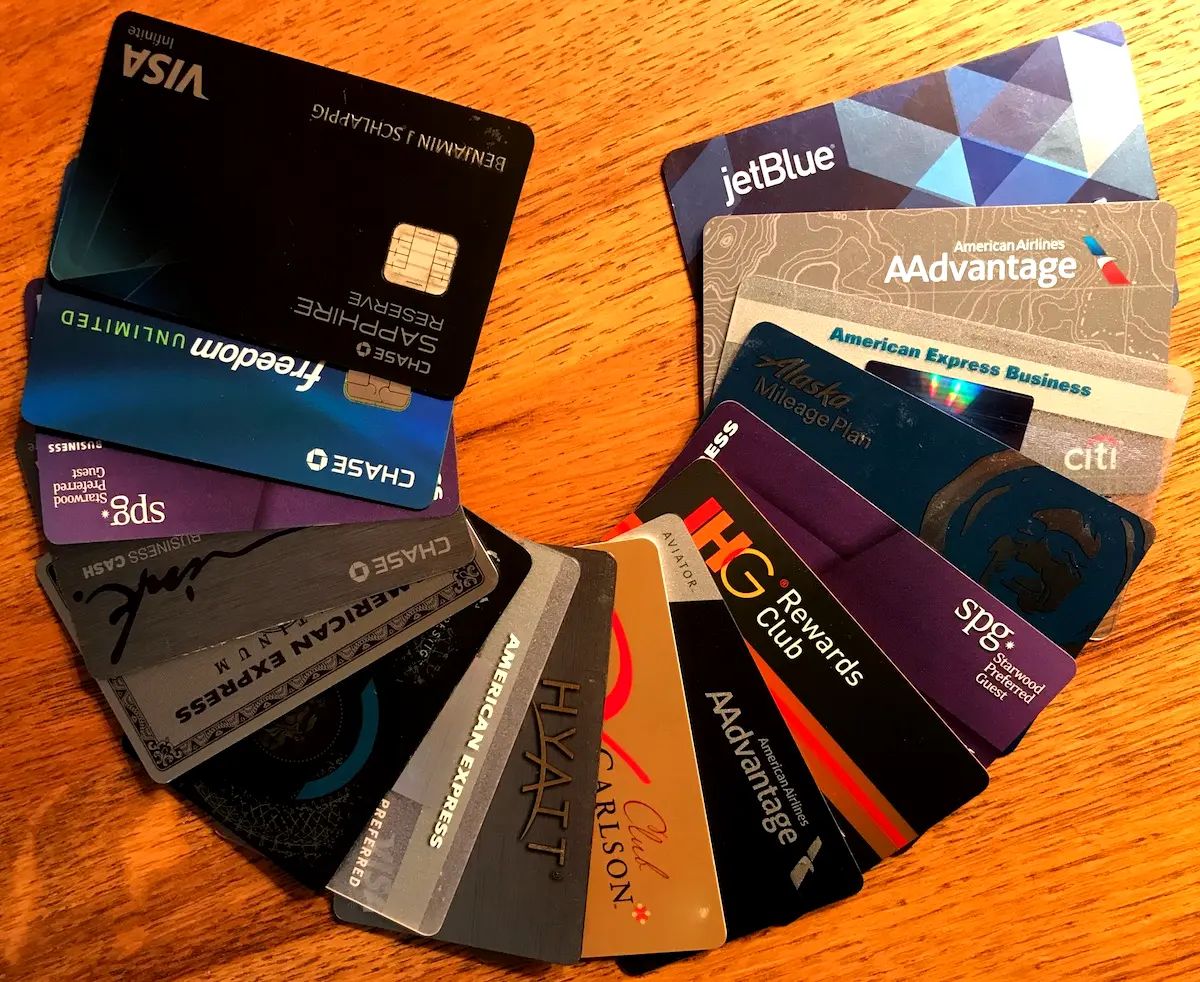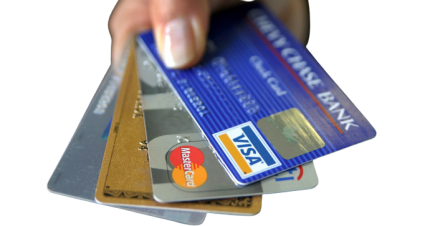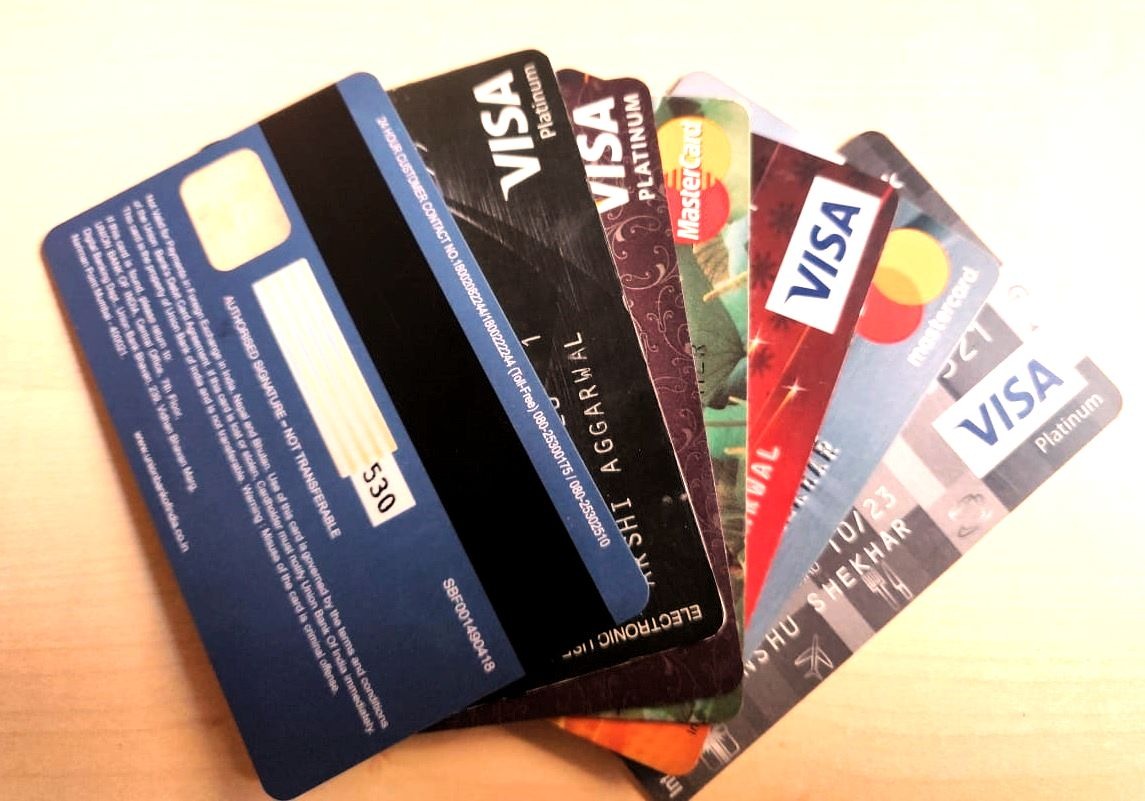Description
CLONE CREDIT CARD
Installing covert scanners on legitimate card-reading devices, such as petrol pumps, automated teller machines (ATMs), or the point-of-sale (POS) terminals found in most retail establishments, is a frequent technique used by thieves.
(1) Experian, “How to Protect Yourself Against Card Skimmers at Gas Stations.” on 30 September 2021.
These attacks are especially sneaky because they don’t require the assistance of the employees at those establishments. Instead, without the consumers, employees, or business owners being aware of the source of the breach, individuals in charge of the attack can simply collect data on an ongoing basis from the concealed scanners.
WHAT IS CREDIT CARD CLONING
Making an unauthorized clone of a credit card is referred to as credit card cloning. Skimming is another name for this action. Using an electronic device, thieves copy data from a credit card terminal, transfer it to a new card, or overwrite an existing card with the information.
Unfortunately, cloning and related stealing methods have proliferated like wildfire in recent years. Fortunately, security upgrades like the use of personal identification numbers (PINs) and chip cards have made it possible to fend off these attacks.
KEY TAKEAWAYS
- Cloning is a type of credit card theft in which the thief makes a digital copy of the credit card information using a concealed or disguised electronic scanner.
- Security improvements—such as the use of chip cards—have helped disrupt this type of theft.
- Successful thieves can sell the cloned information on the underground market, or download it onto other credit cards in order to make unauthorized purchases.
CREDIT CARD CLONING WORKS
Because cloning doesn’t require the physical credit card to be stolen, it can be an extremely successful method for thieves to access credit card information. Instead, they merely secretly scan the card’s data with an electronic device and copy it to the device’s memory. The information can then be accessed digitally by the criminals or downloaded onto a different credit card that is already in their hands.
Once the data has been captured, it can be overwritten on a stolen credit card or transferred to the magnetic strip of a new card. The personal identification number (PIN) would need to be seen and noted for cards that use a PIN in addition to a magnetic stripe, like debit cards. It can be challenging to do this, but it provides additional security against card fraud.
Of fact, contemporary security upgrades have made it more challenging for would-be thieves to use cloning. Modern chip cards are far more difficult to hack since the data they contain is encrypted within the chip itself. These cards include implanted microchips that contain their important information. Because of this, even if the thieves were to gain access to the chip card, they would be unable to use the data they had taken. However, even this kind of technology isn’t infallible.







Reviews
There are no reviews yet.